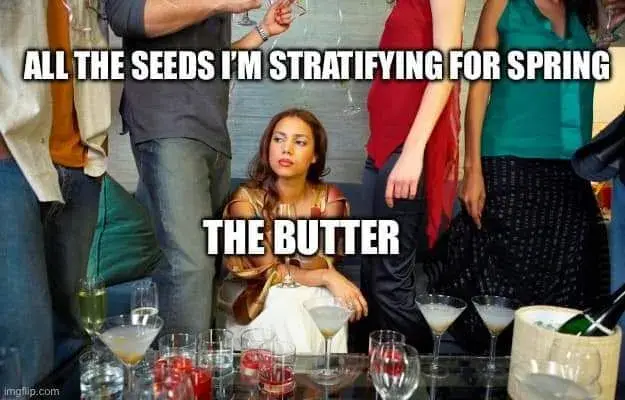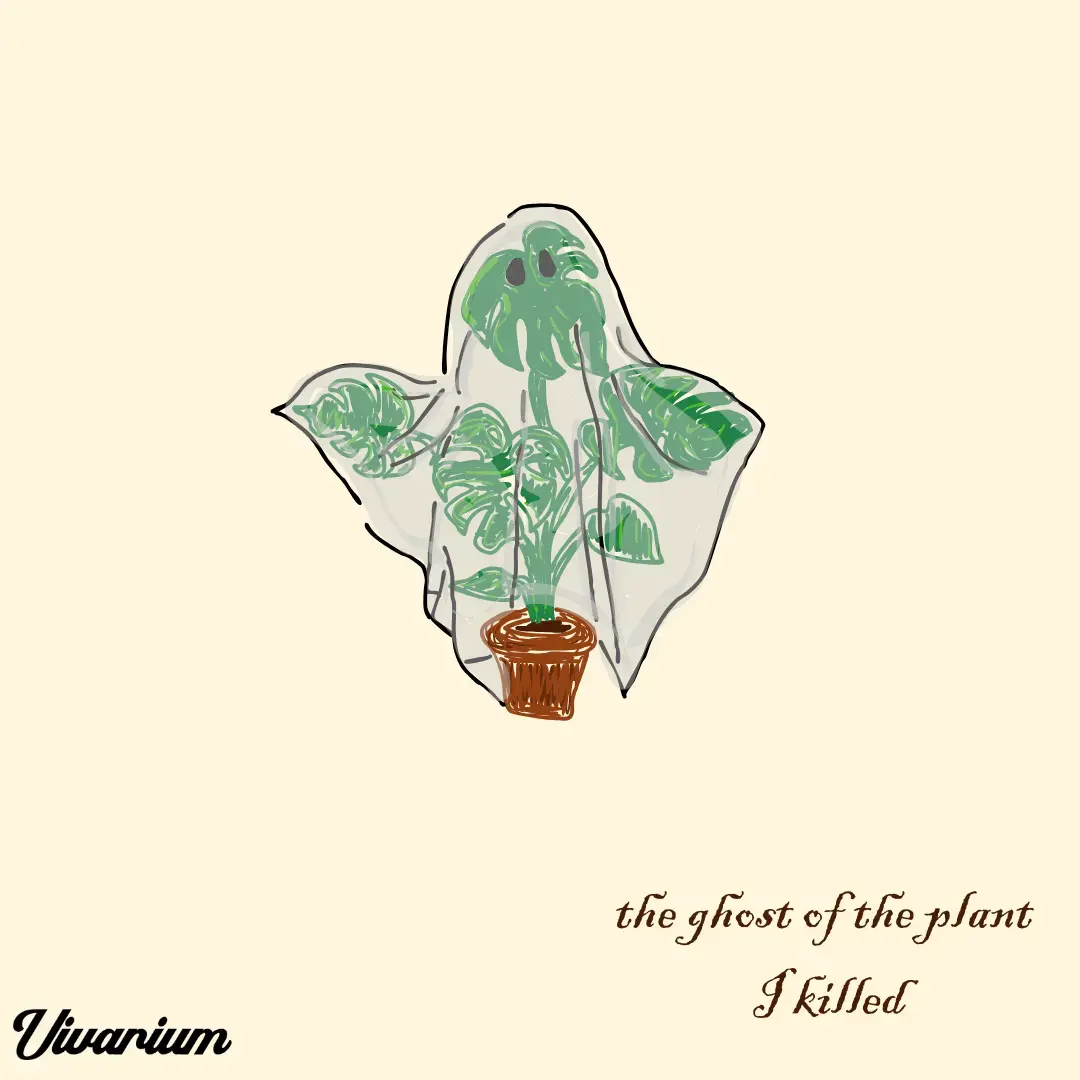Thank you, friend. Text can't convey how much it means 💕
I've heard it's not the size of the pickle but how flavorful the brine is.
Or something, I'm not crazy about pickles or cucumbers
Tbf, drain cleaning Australia's synth wave music is pretty rockin but yeah the rest sucks
While you're at it, I could use a hug
Their ground isn't frozen, so tree planting season is upon them.
💕
This is an incredibly good point - blueberries often have a hard time rooting without a number of fundamental factors in place. Soil type, how a particular site drains or holds water, whether a host of other organisms are able to support the sometimes tenuous grasp they have to the space; even how acidic or basic a particular plot is will heavily influence how well they can do, let alone whether they'll thrive there. Finding anywhere else that's suitable is a monumental task, and daunting.
It's my belief that everyone who can be a steward should be looking to blunt as much of the disturbance as they can for the blueberries that aren't able to be uprooted, like a thick protective mulch to prevent the damage that can drive too deeply into the soil, while also keeping those new spaces they find in mind for the ones that can be safely relocated. Preferably in a way that inoculates the soil to provide a resurgence of them, and makes the whole area more conducive to the beauty and nourishment that they provide. It's that mindset of interconnectedness, with blueberries, that allows for a path for understanding how best to approach the task at hand. It would be impossible to do without respecting the needs of the blueberries in question.
I was about to feel attacked but then I remembered i collected seeds from "probably asters" yesterday
Awesome shots! What an adorable subject
Thank you! And may I add 
Thank you for crossposting this here! I sent the original thread to a few friends who have dabbled in hydro setups this morning. Keep up the great work!
🤞









I truly apologize for not reading your username correctly before making a snarky comment, and deeply regret and am sorry for any negative feelings I may have caused.
It is my hope beyond hope that you are able to have your body match who you are inside, you beautiful beautiful wonderful person, you.